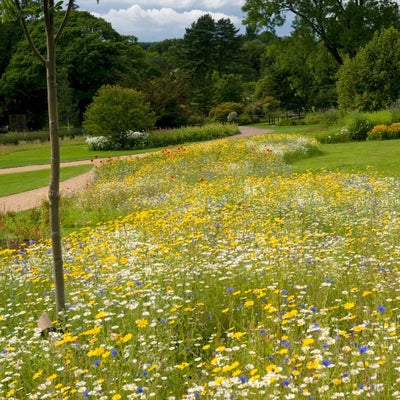
Quick facts
Suitable for - Wildflower areas and meadows
Timing - Early to late summer
Difficulty - Moderate
Which meadows need maintenance
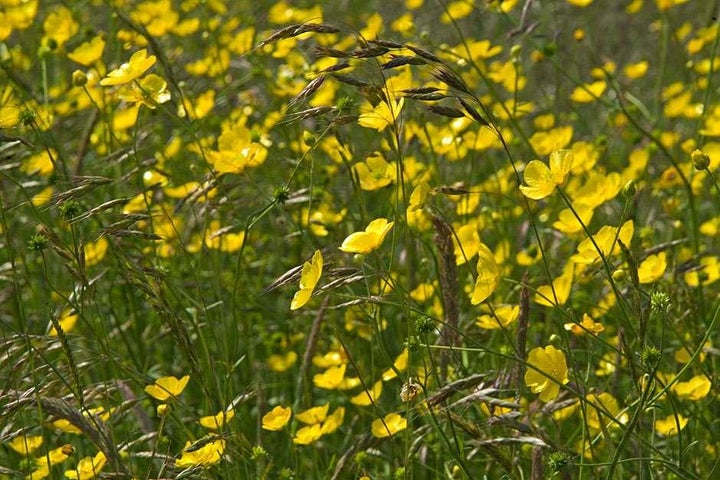
They may look natural and untamed, but both new and established meadows need specifically timed maintenance to create a balanced mix of grasses and species. Although they need nowhere near as much attention as a standard lawn, cutting them can be a larger job and should be done several times a year. Timing your cuts correctly will also allow you to encourage certain species to thrive.
There are two main types of wildflower meadow – perennial and annual – and they need different treatment:
- Perennial meadows are long-term features, either areas specifically sown with perennial meadow seeds or simply lawns that have been left unmown through the summer, so their existing wild plants can grow up and flower. They can be large or small, depending on how much space you have. Perennial plants live for several years. Many perennial seed mixes also contain some annual wildflowers too.
- Annual wildflower meadows, on the other hand, are generally small seasonal features, grown from seed sown in autumn or spring. They flower in summer, then the plants die off once they’ve set seed. The faded plants just need to be removed in autumn. If you let them scatter their seeds, new plants will grow up and flower in a similar way the following year.
Alternatively, you can let your existing lawn grow by choosing not to mow in the summer months and managing the longer grass at the end of the period. Simply mow for the last time in April, then put away your mower for the rest of the summer. This lets the wild plants already in your lawn grow up and flower, adding colour and attracting pollinating insects and other wildlife. You can leave your whole lawn uncut or just a section, and mow paths through it if you wish.
To find out more about sowing wildflower meadows or converting your lawn, see our guide to creating wildflower meadows.
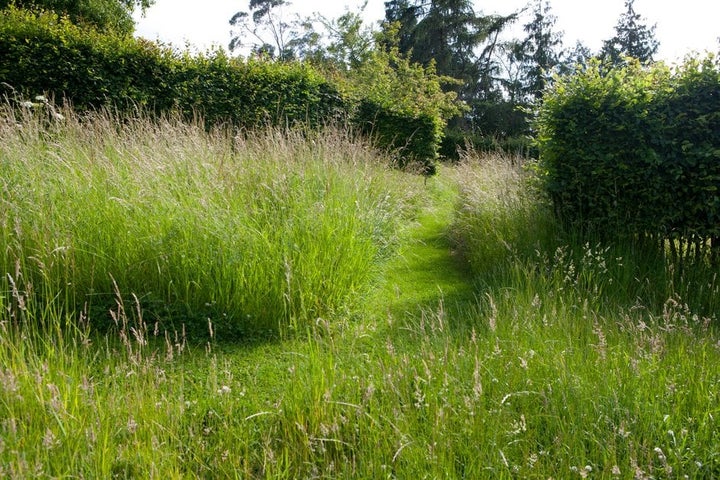
When to cut your meadow
Both newly created and well-established meadows need cutting, but the methods and timings are different. The following cutting routine applies to both perennial meadows and mixed meadows (that contain perennial and ).
Cutting new meadows
It’s important to mow your new perennial or mixed meadow regularly in the first year after sowing, to encourage the perennial flowers and grasses to make strong root growth.
Cut to a height of 5cm (2in), about six to eight weeks after the appear, and repeat every two months throughout the first summer. These cuts can be lower, at 4cm (1½in).
After the first year, follow the guidance for established meadows, below.
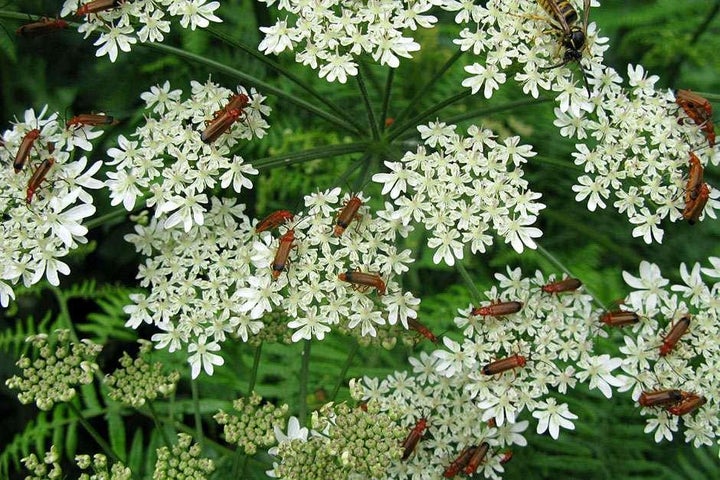
Cutting established meadows
Established perennial and mixed meadows can be cut at several specific times in the year. There are three main timings, depending on how vigorous the grass is growing and which wildflowers you want to encourage. Carrying out one or more of these cuts will keep your meadow in good shape:
- Spring cut – this is useful for meadows where the grass is lush and is crowding out the wildflowers. Cut to a height of 7.5cm (3in) and complete no later than the end of April. Also see No Mow May, below. Sowing yellow rattle in August (see Problem solving, below) is an additional way to help manage grass-dominant meadows.
- Main summer cut – this is also referred to as the ‘hay cut’ and removes the bulk of the material, which should either be composted or baled. This cut is done between late June and the end of August, depending on which plants you want to encourage.
Cutting towards the start of this period favours spring flowers, such as cowslips, lady’s smock, selfheal and bugle. August cutting favours summer flowers, such as knapweed, devil’s bit scabious and lady’s bedstraw.
Leave the cut material in place for a few days to allow the seeds to drop to the ground. Then rake up and remove, to help reduce soil fertility. - Autumn cut – this is particularly useful on fertile ground, to use up the nutrients. One or two cuts between the end of August and late November removes surplus growth and helps to keep grasses at bay, letting the wildflowers thrive.
Following the last cut of the season, all meadows can be kept mown, so the grass is short and neat through the winter. With any cut that produces substantial clippings, they should be removed and composted, to further reduce soil fertility.

How to cut long grass
Many standard lawn mowers will struggle to cut long grass. The easiest way to tackle smaller areas is with a strimmer, although they do tend to chop up the material quite small, making it harder to rake out.
Smaller areas can also be cut with a scythe, which is the environmentally friendly choice, but mastering the technique can be tricky, so it’s worth getting expert guidance. Cutting with a scythe will also give you a good workout.
Larger areas are best tackled with a ride-on mower or heavy-duty mower (such as a sickle-bar mower or motor scythe) or a two-wheeled strimmer.
Important: before cutting long grass, make sure there is no wildlife sheltering there – hedgehogs, toads, grass snakes and more could be hiding out of sight, even in small areas. Walk through the whole area making lots of noise, giving any animals time to get away.

Safety guidance
Always take great care when operating powered machinery such as mowers and strimmers. Wear appropriate safety protection, including eye goggles, ear defenders, sturdy gloves and robust footwear. Strimmers in particular can kick up lots of debris, so a face visor is recommended. Always read and follow the manufacturer’s safety and operating instructions.
See our guide to mowing for more safety tips.
If you want to cut your meadow with a scythe, it’s worth getting expert guidance on how to use it correctly. Learning the right technique will save time and effort in the long run and could avoid potential injury. Always store bladed tools out of reach of children.
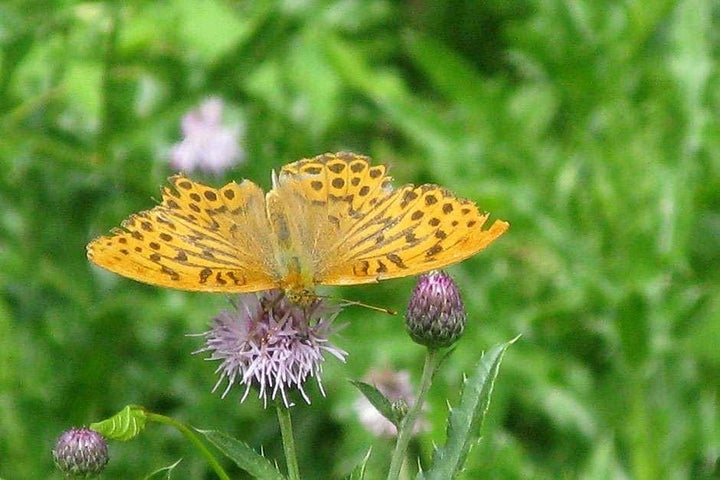
Looking after annual wildflower areas
Annual patches need little maintenance – just remove any unwanted or overly vigorous weeds (see below).
To keep an annual wildflower area going the following year, leave the plants to produce seeds. Once the seeds are ripe, in late summer or autumn, either cut or pull out the spent plants. In a small patch, just shake them to ensure all the seeds have fallen. In a larger area, leave them on the soil for a week to drop all their seeds, then rake up and add to the heap.
It’s best to also sow more seeds for the second year, as the amount already in the soil may not yet be sufficient for a good flowering display. Sow your chosen annual seed mix in early spring (or the autumn of the first year) – see our guide to sowing a wildflower patch. Again, allow these plants to scatter their seeds in late summer or autumn, and from then onwards there should be enough seeds in the soil for the wildflowers to re-grow naturally each year, so you shouldn’t need to sow additional seeds.
Weeding your meadow
Although it may seem counter-intuitive to weed a meadow, it’s all part of maintaining a balanced mix of species. Especially in new meadows, it’s well worth weeding out any unwanted plants that appear or reducing the numbers if certain species are too prolific.
If the soil is fertile, more vigorous species may dominate at the expense of more delicate ones. And very successful self-seeders, such as teasels and thistles, can form large colonies unless controlled.
So keep watch on the balance of species and simply dig out or pull out any plants that are getting too numerous or are unwanted, before they set seed.
Problem solving
The main problem you may come across is too many unwanted weeds or dominant grasses:
- weeds such as docks, thistles and nettles – pull these out by hand before they set seed. Nettles can also be knocked back by repeated cutting. As a last resort, you could consider using SBK Brushwood Killer for spot treating perennial weeds. It will leave long grass unharmed but may damage wildflowers, so use with care. Avoid lawn weedkillers, as they will kill the wildflowers
- Where grasses are too dominant, try sowing the annual yellow rattle (Rhinanthus minor – pictured below), which is semi-parasitic on grasses and will weaken their growth. Sow in August after cutting the meadow, and keep the grass mown until March
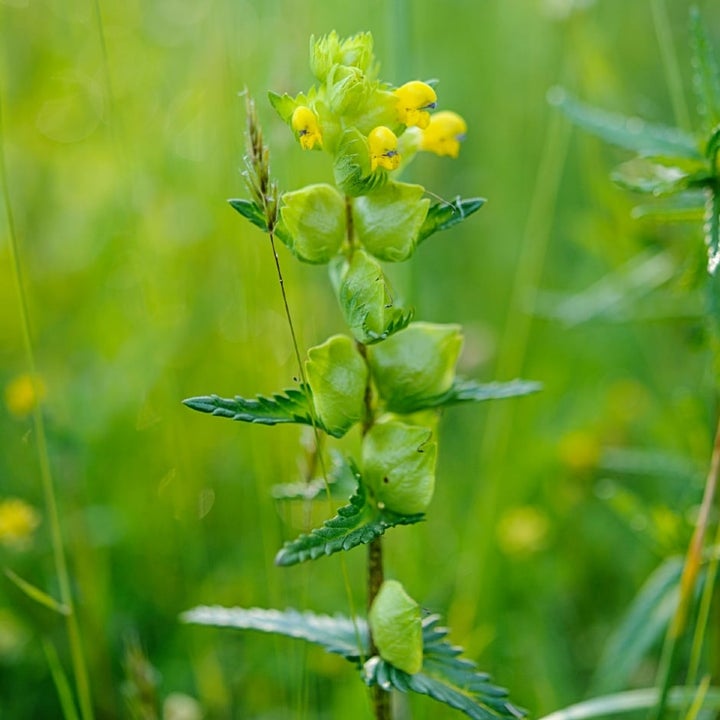
- Avoid watering or feeding – wildflower areas don’t require any additional watering or feeding. Many flowers colonise poor land, and adding extra and water will only encourage excessive vigour in the grasses, which will consequently outcompete the more desirable flowering plants





